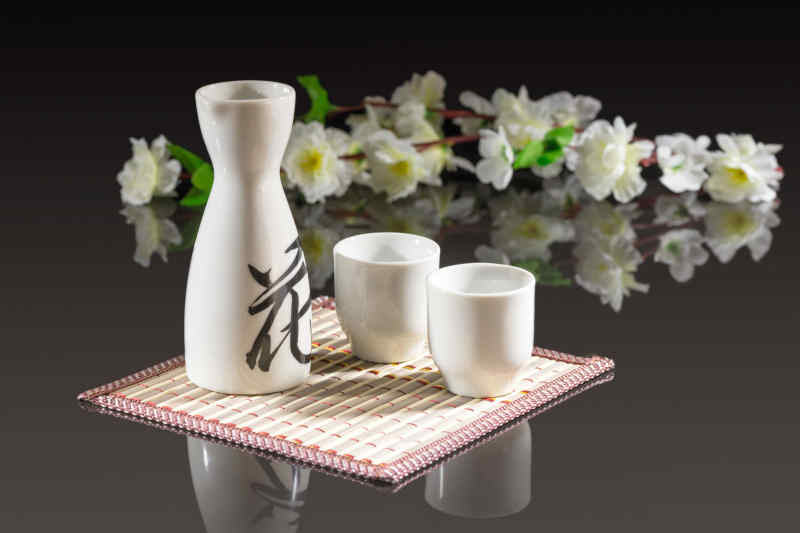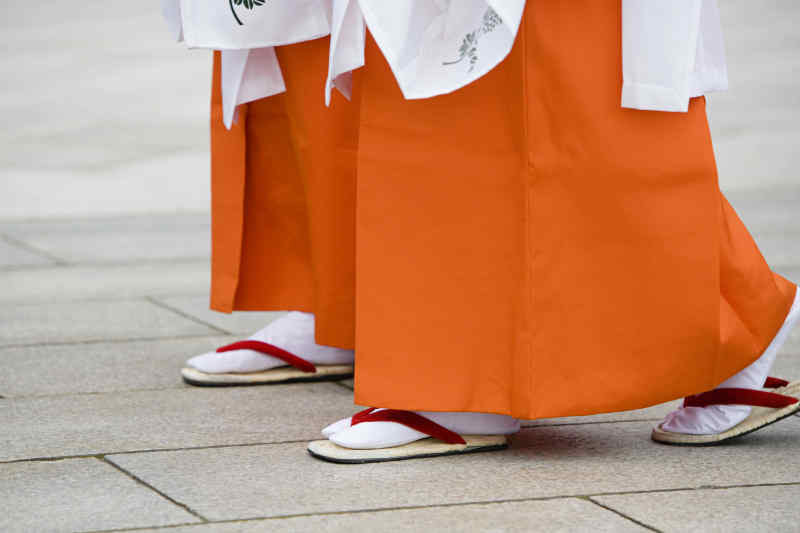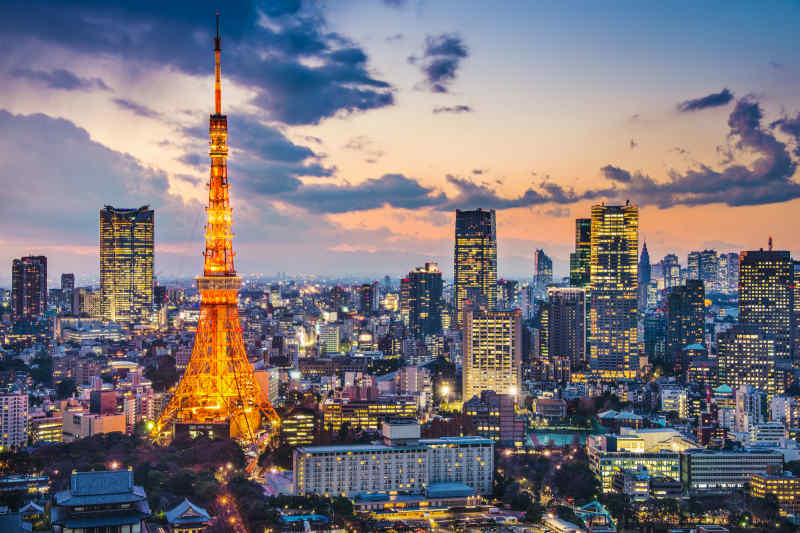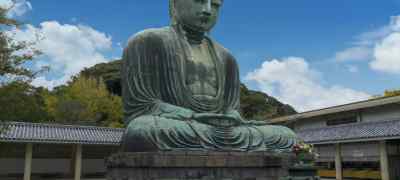By Amanda Little
You’ve finally landed in Japan and suddenly, you’re completely lost. What’s a Suica card? Why were you just handed slippers upon entering a restaurant? How is the toilet suddenly intimidating? Check out this list of do’s and don’ts to navigate your trip to Japan with ease.
Greeting
Do bow from the waist when greeting others. The usual bow is 15 degrees, but a formal bow is about 30 degrees. Bend deeply when greeting elders, and be sure to greet each person individually, even if there are many in a group.
Don’t worry about verbal greetings. Some say “konnichiwa” or “konbanwa,” but many use informal greetings like “ya” and “yo” instead.
Eating
Do remove your shoes before stepping on tatami floor. Some restaurants only eat this way, while others only have Western-style seating or a mix of both.
Tip: Food in Japan is expensive. Be sure to set aside a budget for dining and see if you can plan some meals ahead.
Don’t start eating your food before everyone’s order has arrived. It’s customary to wait until everyone has their food and start a meal with the phrase “itadakimasu.” However, some dishes are best eaten right away, and your dining companions will often tell you to begin eating without them.
Do wash your hands with provided wet towels. Most restaurants provide them, and call them oshibori.
Don’t blow your nose in public or burp loudly. Only slurping from eating noodles is an acceptable eating noise.
Do lift small bowls to your mouth when eating from them. However, larger dishes should remain on the table.
Don’t leave food behind. It’s considered bad manners to leave even grains of rice behind, so be sure to clean your plate! If there are some foods you cannot eat, ask to have them left out of the dish.
Do use the opposite end of chopsticks to pick up food from a shared dish. Moving food or picking out what you like from a shared dish is best left to the end of the chopsticks that don’t go into your mouth.
Don’t stack your dishes when you finish a meal. It’s actually good manners to return your dishes and chopsticks to how they were before you ate your food.
Do wipe down the counter when eating at a bar. You’re also expected to put your empty bowl and glass up on the counter when finished.
Don’t worry about the water, it’s safe to drink! Either bottled or tap, visitors and locals alike can fill up at safe water fountains.
Do use your spoon when chopsticks aren’t easy to use. Saucy rice or soup is best left to large or small spoons provided.
Don’t pour soy sauce over cooked white rice. Instead, put some in a small bowl and dip it. It’s also considered bad manners to waste soy sauce, so try to only pour as much as you will use.
Do eat sushi in one bite. The dish is almost a work of art, so don’t ruin it by trying to make two bites of the piece.
Don’t add wasabi or ginger to your sushi. If the dish goes well with wasabi, it will be added already, and ginger is considered a palate cleanser, not a topping.
Do use chopsticks to break up large pieces of food. This can take some force with harder foods, in which case you can use the chopsticks to hold the food while you take a bite before putting it back down.
Don’t tip. It’s almost considered an insult to those serving you. Just pay your bill, offer a bow and a simple thank you, and be on your way.
Do use your forefingers to form an “X” when you’re ready to pay your bill at a restaurant. It’s an easy signal for the waiter to bring you your check.
Don’t expect your waiter to always seat you. Wait a few moments, if your waiter doesn’t begin leading you to your table, you can sit anywhere you like.
Drinking
Do wait for everyone to have their drink before taking a sip yourself. Many will raise their glasses in cheers once everyone has a drink, and say “kampai!”
Don’t pour a drink for yourself. It's customary for your friends to keep your glass full, so don’t top off your own drink, but be sure to serve others!
Do ask for a different drink if you prefer not to drink alcohol. It’s fine to have fun while everyone is drinking and switch sake for tea.
Exploring
Do purchase a Suica card, which allows you to use the subway, metro, and Japan Rail. It’s easy, efficient, and allows you to purchase transportation on most public transit. You can even use it to pay for some items in convenience stores. Be sure to refill it with Yen as you use it.
Don’t use your phone on public transit. Travel is a quiet business. Don’t talk to anyone in person or on your phone. Most locals sleep, read, or listen to music while traveling.
Do purchase a map that has destinations in Japanese and English. Many people in Japan don’t speak English at all, so this will be helpful. You may also want to have the name of your destination written down in Japanese, or have a translation app on your phone.
Don’t use your finger to point. Gesture with your whole hand so you don’t offend anyone.
Do carry tissues or napkins with you, since most public restrooms don’t have any hand drying facilities.
Don’t take photos inside temples or in areas where they are not permitted. In tourist areas, there are signs where you can’t take photos. Otherwise, you should ask someone if you’re unsure.
Do carry cash with you. Many ATMs in Japan don’t accept foreign cards, and many business are cash only. Keeping about 10,000 Yen on you is a good idea.
Don’t wait too late to get home! Public transportation only runs until midnight. If you miss the last train or bus, you can either take a very expensive taxi or wait for your transportation to resume at 5am.
Do visit Japanese temples to take in the culture. Be sure to put a coin in the offering box, and if you light incense, wave your hand to extinguish it, but don’t blow on it.
Don’t leave your hotel without a spare pair of clean socks. It’s very likely you’ll need to take your shoes off when entering an establishment. If you’re barefoot or have been walking around all day, a pair of clean socks will come in handy.
Do wear slippers provided to you when visiting a local’s house. Wearing shoes inside is rude and considered dirty.
Don’t wear your slippers into the bathroom. There are special bathroom slippers to change into when you go.
Do sit neatly during a traditional meal or tea ceremony. Men sit cross-legged, while women fold their legs under them.
Don’t miss a thing. Many of Japan’s shops, bars, restaurants and more are on upper floors of buildings. Look up while walking through cities, and you’ll see signs on the sides of buildings labeling where they are. Look around for the hidden elevators, they’re always there, to make your way to the top.
















